First, the good news. Passenger statistics maintained by Western Railway show that crowding in its local trains has reduced considerably since 2007. The number of services during peak hours has increased, as has the capacity of trains, thanks to nine-coach rakes becoming 12-coach ones, shows WR passenger data compiled between 2007 and 2014.
The bad news is that it is just a number game, and comfort on the ground for commuters will come about when the train infrastructure doubles, especially during peak hours.
According to figures put out by WR officials, the average number of passengers per coach has reduced from 287 in 2007 to 227 in 2014, ie 21%. Similarly, the carrying capacity of trains has increased by 42% from 2007, while the corresponding increase in the number of commuters has been 12.65%. Services during peak hours, the time when Mumbai's trains are among the most crowded in the world, have also increased since 2007.
However, the sheer numbers that are crammed in a coach during peak hours — called the super dense crush load of 16 commuters per square metre — means that any reduction in crowds isn't tangible to the average traveller.
"Let's look at it this way. In a coach meant for 200, if 500 are travelling, a reduction of 50 cannot be felt by the 450 inside the coach. It can only be felt if the coach has say 250 people and the crowd reduces by 20 or 30," said a senior WR official.
Speaking to dna, Shailendra Kumar, divisional railway manager, WR, was candid that a lot had been done to reduce crowding but lots more had to be done still. "The number of coaches and services has increased over the past several years, while commuters have increased from around 32 lakh per day to around 35 lakh. So, it is logical to say crowding has decreased," said Kumar.
He, however, said the difference would be felt when the number of services during peak hours is doubled. "The crowd during peak hours is still so huge that the decrease in passengers per coach is not being felt. Only when the number of services double will people inside actually see the difference," said Kumar.
![submenu-img]() BIG relief for Delhi-NCR commuters as light rail transit system to connect...
BIG relief for Delhi-NCR commuters as light rail transit system to connect...![submenu-img]() IND vs BAN 2nd Test: What happened to Bangladesh super fan 'Tiger Robi' in Kanpur?
IND vs BAN 2nd Test: What happened to Bangladesh super fan 'Tiger Robi' in Kanpur?![submenu-img]() IND vs BAN: Ravindra Jadeja on cusp of huge Test milestone; set to join Ashwin, Kapil Dev in elite list
IND vs BAN: Ravindra Jadeja on cusp of huge Test milestone; set to join Ashwin, Kapil Dev in elite list![submenu-img]() Maldives President Mohamed Muizzu planning to visit India 'as soon as possible'
Maldives President Mohamed Muizzu planning to visit India 'as soon as possible'![submenu-img]() Meet actress known for death scenes initially, gave Rs 100 crore hit in Rs 20 crore budget, she is…
Meet actress known for death scenes initially, gave Rs 100 crore hit in Rs 20 crore budget, she is…![submenu-img]() UNGA में गिड़गिड़ाया पाक, Shehbaz Sharif ने बताया किस बात को लेकर उड़ा रखी है भारत ने उनकी नींद
UNGA में गिड़गिड़ाया पाक, Shehbaz Sharif ने बताया किस बात को लेकर उड़ा रखी है भारत ने उनकी नींद![submenu-img]() Bihar Flood Alert : नदियां उफान पर, 13 जिलों में भीषण बाढ़ का अलर्ट, मौसम विभाग ने कही ये बात
Bihar Flood Alert : नदियां उफान पर, 13 जिलों में भीषण बाढ़ का अलर्ट, मौसम विभाग ने कही ये बात![submenu-img]() Diwali और Chhath Puja पर भी मिलेगा टिकट, Indian Railway ने किया ये खास इंतजाम
Diwali और Chhath Puja पर भी मिलेगा टिकट, Indian Railway ने किया ये खास इंतजाम![submenu-img]() Incredible India: भारत के इस शहर में हैं तीन प्राचीन स्मारक, यहां के संगीत से फिजा हो जाती है सुरमयी
Incredible India: भारत के इस शहर में हैं तीन प्राचीन स्मारक, यहां के संगीत से फिजा हो जाती है सुरमयी![submenu-img]() Zomato की को-फाउं�डर Akriti Chopra ने दिया इस्तीफा, 13 साल बाद अचानक छोड़ी कंपनी
Zomato की को-फाउं�डर Akriti Chopra ने दिया इस्तीफा, 13 साल बाद अचानक छोड़ी कंपनी![submenu-img]() Mahindra Thar Roxx 4x4 prices revealed, starts at Rs…
Mahindra Thar Roxx 4x4 prices revealed, starts at Rs…![submenu-img]() Sebi gives nod to Hyundai India's Rs 20,000 crore IPO, listing month is...
Sebi gives nod to Hyundai India's Rs 20,000 crore IPO, listing month is...![submenu-img]() Tata launches Nexon iCNG, check price, mileage, other features
Tata launches Nexon iCNG, check price, mileage, other features![submenu-img]() This Indian car brand set to acquire 50% stake in Skoda Auto Volkswagen India, deal will cost Rs…
This Indian car brand set to acquire 50% stake in Skoda Auto Volkswagen India, deal will cost Rs…![submenu-img]() Ford to return to India after 2 years with reopening of....
Ford to return to India after 2 years with reopening of....![submenu-img]() Meet man, bangle seller who cracked UPSC exam despite being specially abled, becomes IAS officer with AIR...
Meet man, bangle seller who cracked UPSC exam despite being specially abled, becomes IAS officer with AIR...![submenu-img]() Meet man who passed AIIMS exam at 16, cracked UPSC exam at 22, later resigned as IAS officer to build...
Meet man who passed AIIMS exam at 16, cracked UPSC exam at 22, later resigned as IAS officer to build...![submenu-img]() Meet man who lost his legs, cracked JEE Advanced, completed B.Tech from IIT Madras, is now working at…
Meet man who lost his legs, cracked JEE Advanced, completed B.Tech from IIT Madras, is now working at…![submenu-img]() Meet IAS officer, son of grocery store owner, left Rs 28 lakh job, cracked UPSC in first attempt without coaching...
Meet IAS officer, son of grocery store owner, left Rs 28 lakh job, cracked UPSC in first attempt without coaching...![submenu-img]() Meet IAS Tina Dabi's friend who quit her MD degree, cracked UPSC exam without coaching, became IAS officer with AIR...
Meet IAS Tina Dabi's friend who quit her MD degree, cracked UPSC exam without coaching, became IAS officer with AIR...![submenu-img]() IIFA Awards 2024: Date, Time, Venue And Where To Watch - All You Need To Know
IIFA Awards 2024: Date, Time, Venue And Where To Watch - All You Need To Know![submenu-img]() Congress President Kharge Slams & Opposes 'One Nation, One Election' Proposal, Calls It Impractical
Congress President Kharge Slams & Opposes 'One Nation, One Election' Proposal, Calls It Impractical![submenu-img]() Why 'One Nation One Election' Is important? Ashwini Vaishnaw Explains After It Gets Cabinet Approval
Why 'One Nation One Election' Is important? Ashwini Vaishnaw Explains After It Gets Cabinet Approval![submenu-img]() Jammu Kashmir Assembly Election 2024 Phase 1 Highlights: What Happened In First phase In J&K Polls?
Jammu Kashmir Assembly Election 2024 Phase 1 Highlights: What Happened In First phase In J&K Polls?![submenu-img]() One Nation One Election: Centre Clears Proposal, Bill To Be Introduced In Winter Session | Modi 3.0
One Nation One Election: Centre Clears Proposal, Bill To Be Introduced In Winter Session | Modi 3.0![submenu-img]() Mukesh Ambani’s Reliance Jio has marvellous plan in store for you, all set to conquer the world
Mukesh Ambani’s Reliance Jio has marvellous plan in store for you, all set to conquer the world![submenu-img]() Navigating the Complexities of Public Sector Innovation: Nitin Prasad’s Leadership in Government IT Projects
Navigating the Complexities of Public Sector Innovation: Nitin Prasad’s Leadership in Government IT Projects![submenu-img]() This is when Mukesh Ambani's wealth would end if he spends Rs 30000000 daily
This is when Mukesh Ambani's wealth would end if he spends Rs 30000000 daily![submenu-img]() Meta CEO Mark Zuckerberg becomes world's third richest, enters exclusive club of Rs...
Meta CEO Mark Zuckerberg becomes world's third richest, enters exclusive club of Rs...![submenu-img]() Anil Ambani's stunning comeback as his three companies are now debt free, net worth jumps to Rs...
Anil Ambani's stunning comeback as his three companies are now debt free, net worth jumps to Rs...![submenu-img]() IIFA Awards 2024: Vicky Kaushal does Tauba Tauba with Shahid Kapoor, Kriti Sanon; Siddhant Chaturvedi hugs Ananya Panday
IIFA Awards 2024: Vicky Kaushal does Tauba Tauba with Shahid Kapoor, Kriti Sanon; Siddhant Chaturvedi hugs Ananya Panday![submenu-img]() 10 thirst trap pics of ‘Stree’ Tamannaah Bhatia
10 thirst trap pics of ‘Stree’ Tamannaah Bhatia![submenu-img]() Top six diet and fitness secrets by Nita Ambani
Top six diet and fitness secrets by Nita Ambani ![submenu-img]() In pics: 10 stunning looks of Janhvi Kapoor from Devara
In pics: 10 stunning looks of Janhvi Kapoor from Devara![submenu-img]() Meet 5 IITians who left high-paying jobs, cracked UPSC to become IAS, IPS
Meet 5 IITians who left high-paying jobs, cracked UPSC to become IAS, IPS![submenu-img]() BIG relief for Delhi-NCR commuters as light rail transit system to connect...
BIG relief for Delhi-NCR commuters as light rail transit system to connect...![submenu-img]() 2 dead as wall of Mahakal temple collapses in Ujjain due to heavy rain, rescue operation underway
2 dead as wall of Mahakal temple collapses in Ujjain due to heavy rain, rescue operation underway![submenu-img]() MUDA land 'scam': Lokayukta Police registers FIR against Karnataka CM Siddaramaiah
MUDA land 'scam': Lokayukta Police registers FIR against Karnataka CM Siddaramaiah![submenu-img]() Experience Manavta Mahotsav this weekend; a unique celebration of spirituality and humanity
Experience Manavta Mahotsav this weekend; a unique celebration of spirituality and humanity ![submenu-img]() Vedanta Aluminium introduces Ayush Ministry’s “Swarna Prasan” initiative in Odisha’s Kalahandi; to be extended to Rayaga
Vedanta Aluminium introduces Ayush Ministry’s “Swarna Prasan” initiative in Odisha’s Kalahandi; to be extended to Rayaga











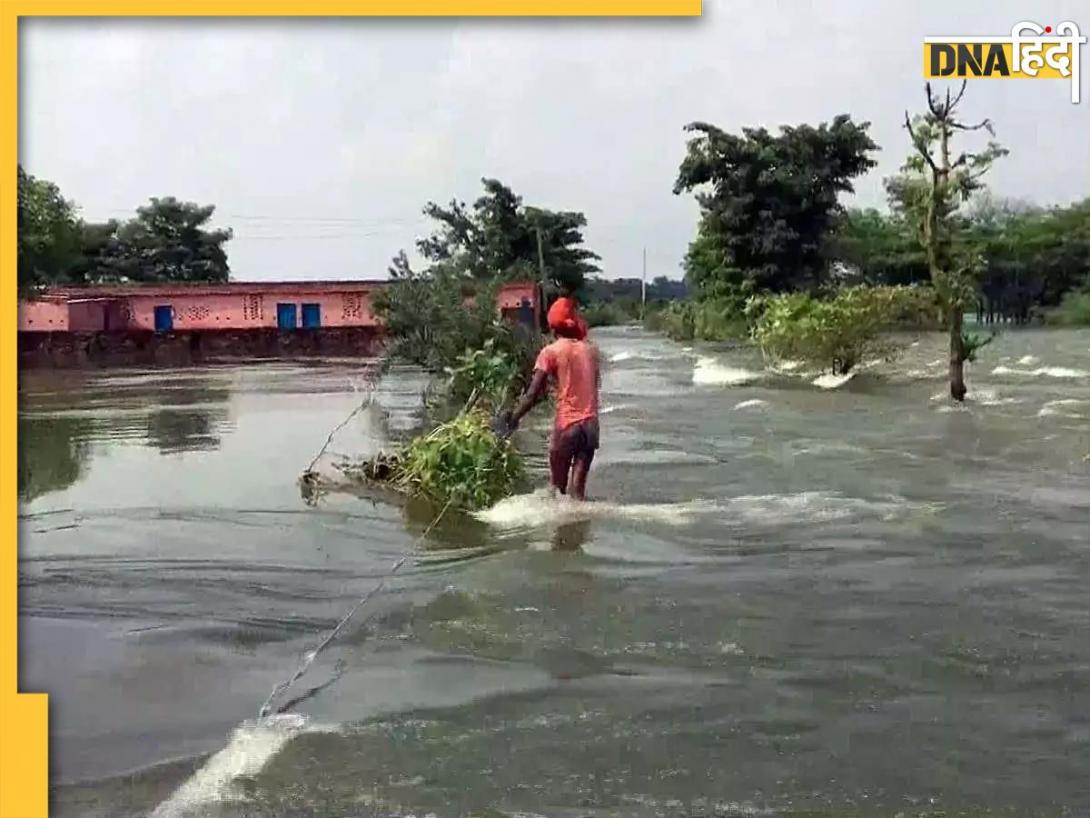
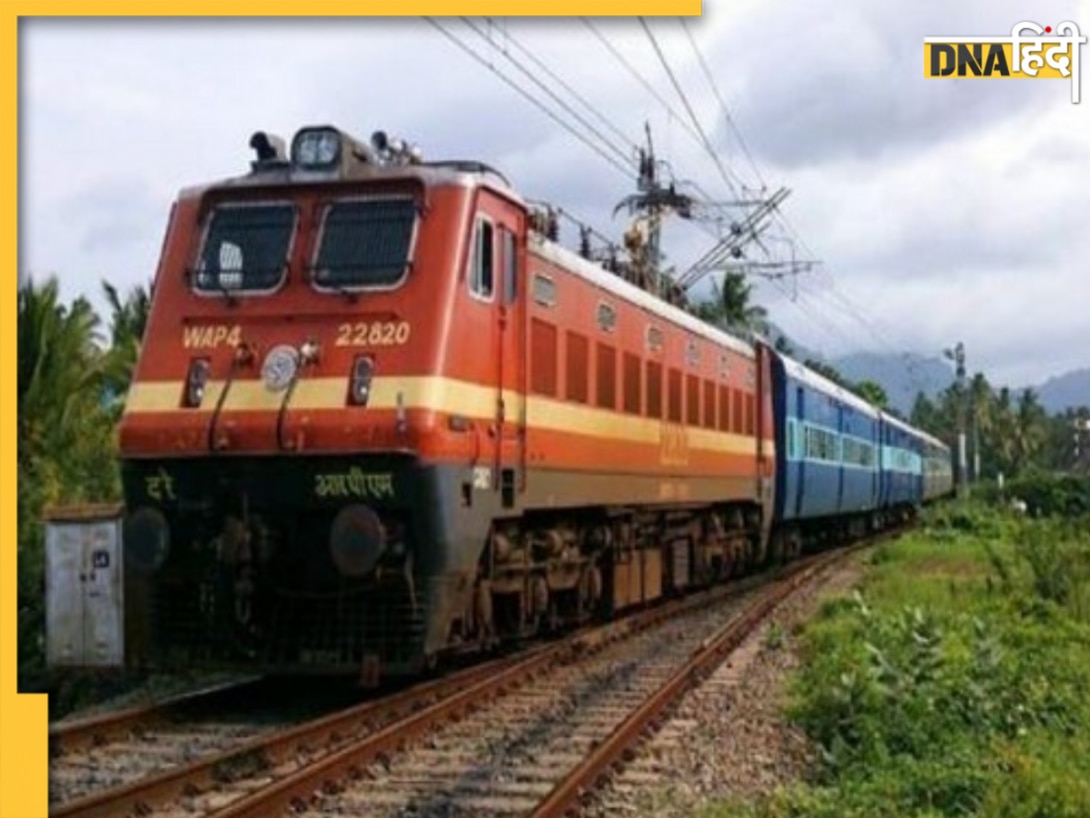









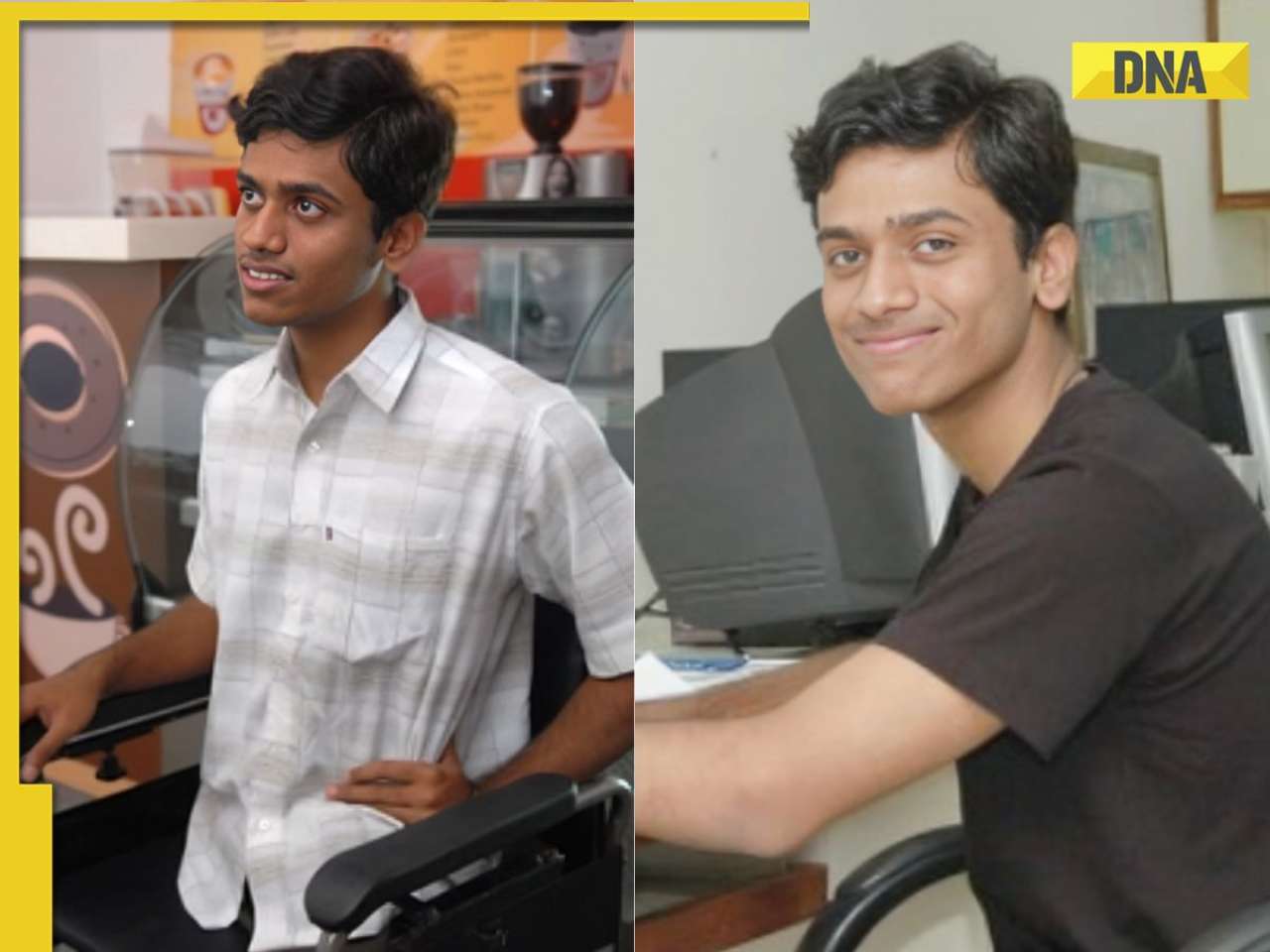



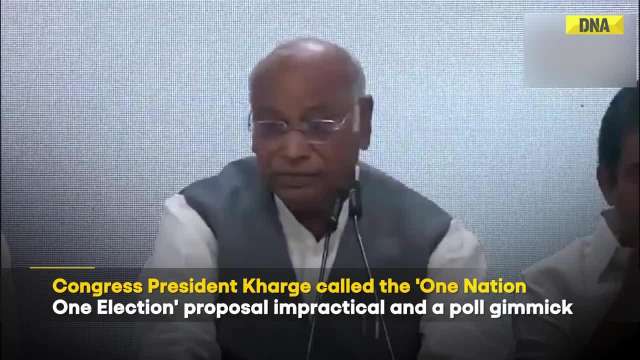
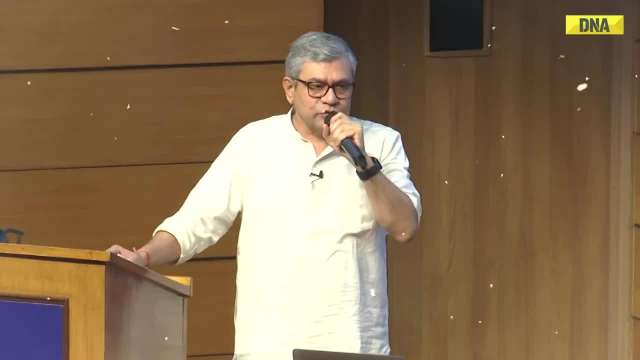



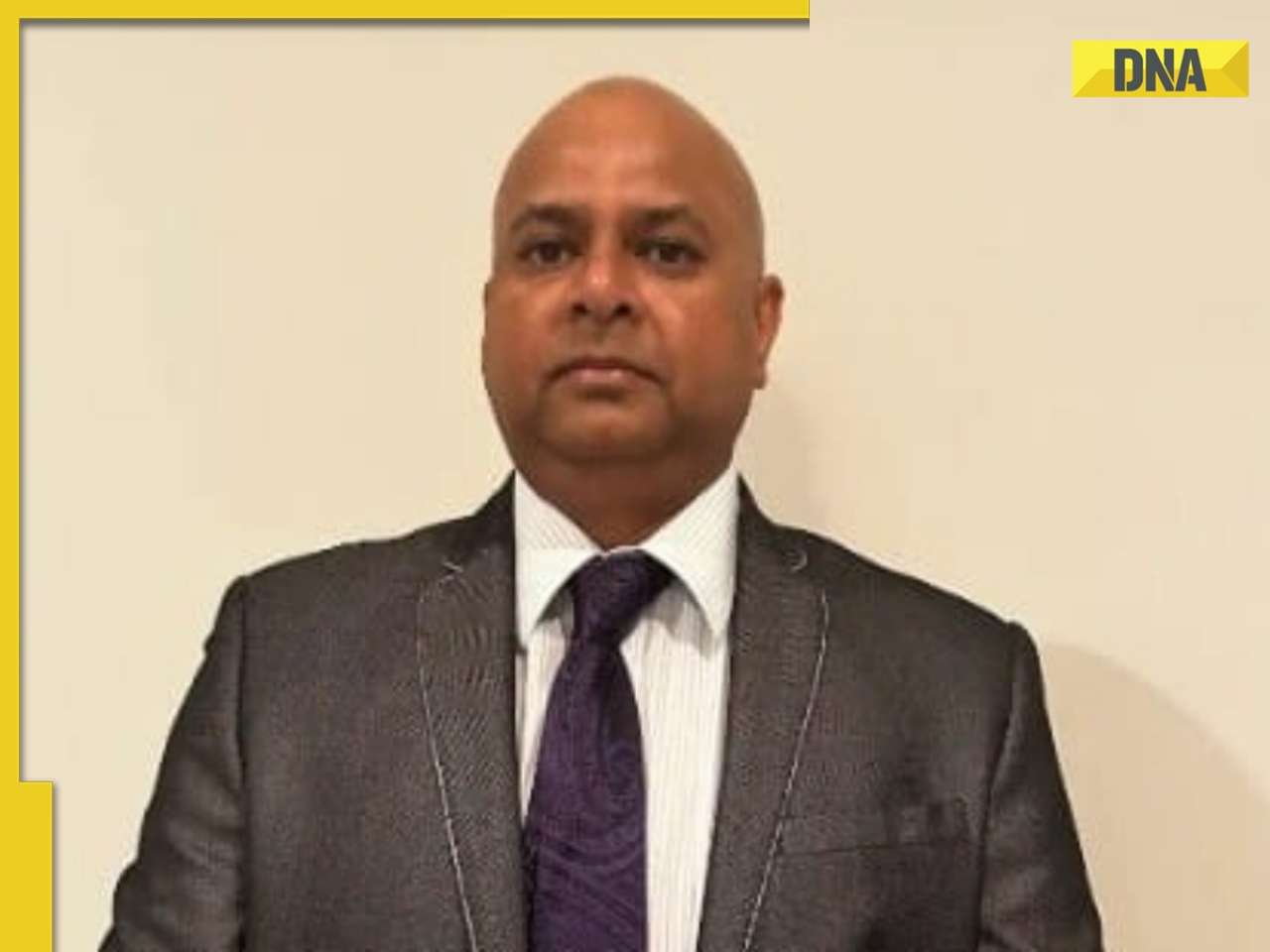









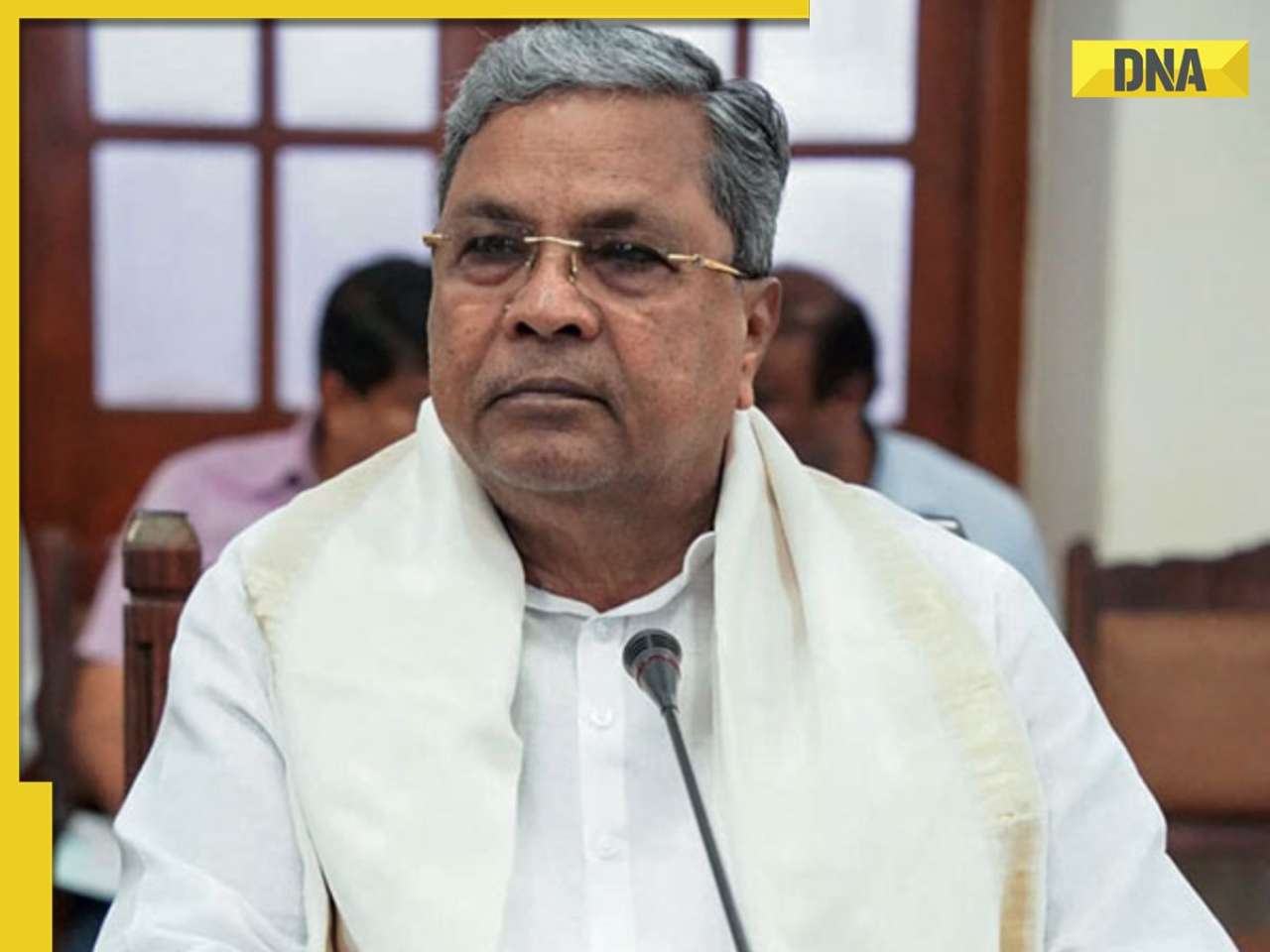



)
)
)
)
)
)
)
)
)
)
)
)
)
)
)





)
)
)
)
)
)